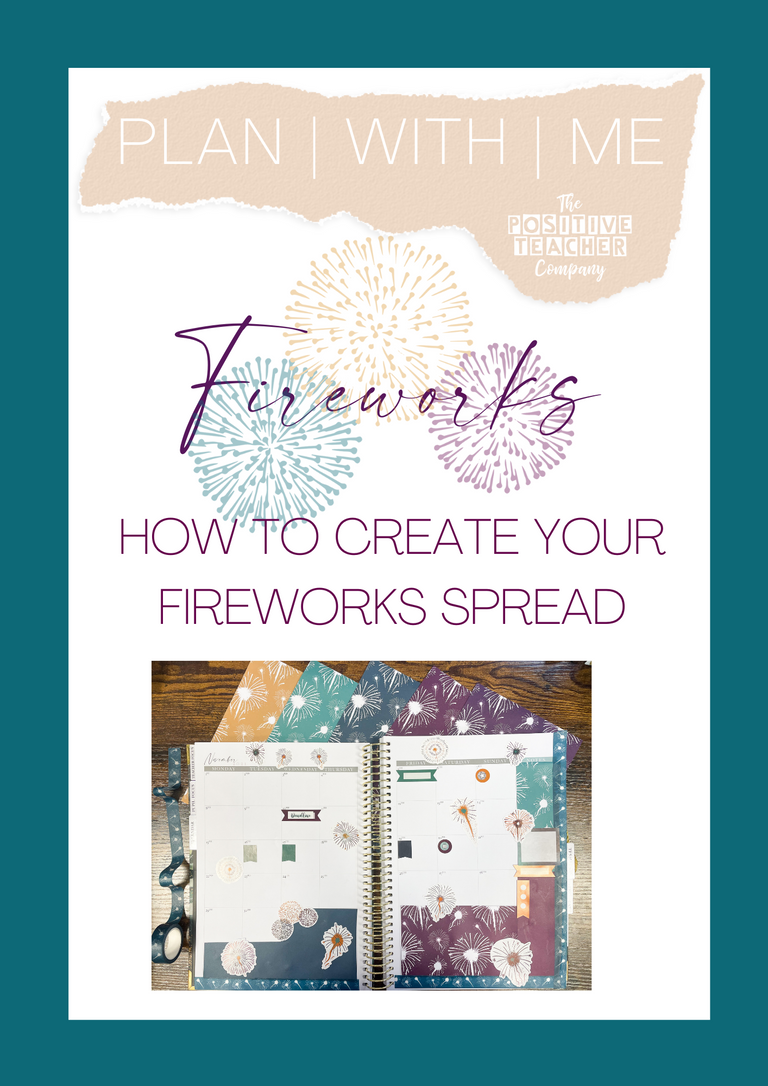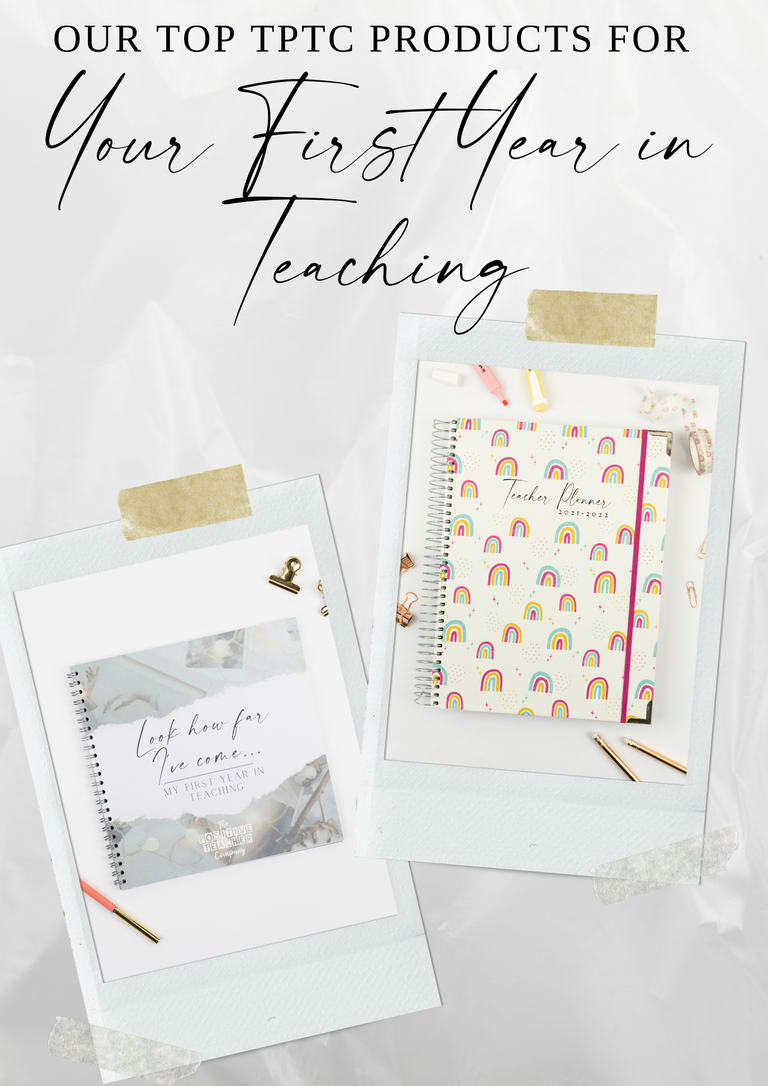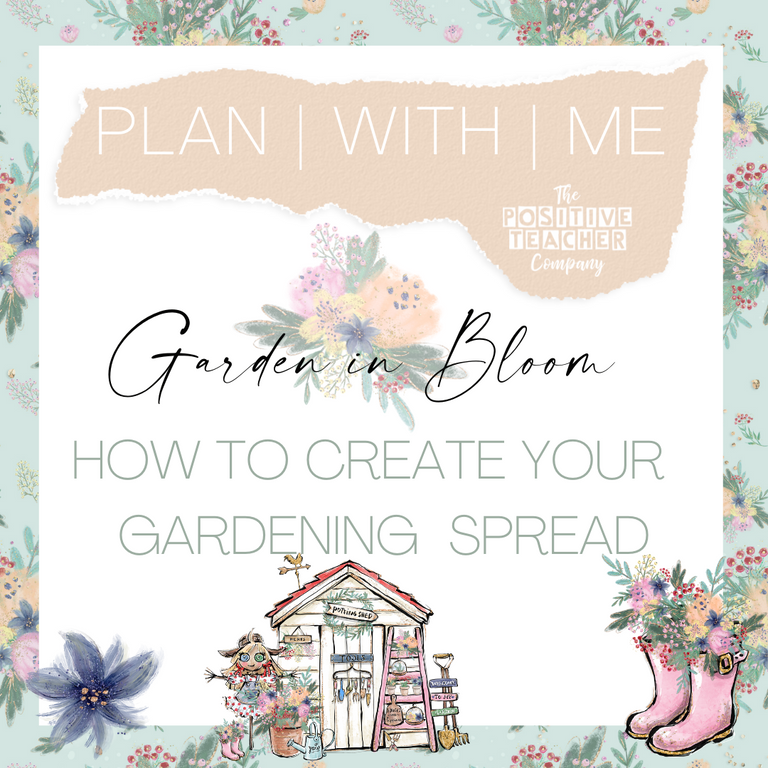Hi everyone!
I am Miss S an EYFS (FS2) teacher who LOVES nothing more than a bit of organisation! My Positive Teacher Planner has been an absolute gem for my organisational desires and I now couldn’t imagine my life without it. As any EYFS teacher will know, our days aren’t as formally structured as the rest of the year groups so I use the boxes a little differently. In this blog post (which I am super excited to be writing!!) I will give a run through of how I have used the planner to work for me. At the start of the year I played around with it a little bit, but how I use it now is the way I have found to be best for me.
*DISCLAIMER* For this blog post I have done a mock-up week as I often use initials/first names in my planner. The week view is an exact replica of a previous week’s, just with names changed. Therefore, any names used in this weekly layout are completely random (based on characters in the books in my eyeline) and in no way affiliated with any of my current or previous classes. (Also, I am aware my writing is not the neatest but as an EYFS teacher I can get away with the standard of it!)

Washi-tape is the single best purchase I have made for my planner. I never used to get the hype but bit the bullet and tried it – oh my, I am never going back! They have made dividing up the sections so much easier. Plus, they’re very aesthetically pleasing. Prior to the washi-tape I would use my WHSmith Fineliners to draw dividers.
I always split the top box into two to note down any important dates/events at the top as a reminder, followed by our daily rainbow challenge underneath. Then I write my morning input and phonics before sectioning off for lunch. After lunch I write our afternoon input before sectioning off again for my daily focus children.

As we use objective-led planning for our morning inputs, our plans of what the individual lessons will look like are just on our flipcharts/powerpoints. Before I make my weekly flipchart, I always note down a brief summary of what I want to focus upon in the sessions. I can then use this as a brief reminder throughout the week.
For phonics we follow Read Write Inc. so the sessions are basically already planned. I just note down which sound I want to teach each day, as well as which day of our school’s RWI book cycle I am on.

Maths is the subject we plan lesson by lesson and we run 2 large groups and 1 intervention group (we have 3 class teachers). We rotate which teacher teaches one of the large Maths groups, and which takes the intervention group. I will note down if I am doing a Maths lesson or interventions, as well as a brief reminder of the lesson focus.
In the ‘focus’ section, I will note down any children I want to target in the provision plus a brief comment on what the focus with them is. For example, C&L would be a communication and language focus to scribe a child’s exact language used in the provision. (Obviously these are in addition to the ‘in the moment’ observations and interventions.) I don’t always fill this in advance of the week as I often add to it daily based on my assessment for learning.

I regularly change what I use the Notes section for dependent on what I feel I need reminders on. However, before school closures I was beginning to regularly use it to note what I wanted to pay extra attention to in our Maths Meetings. All areas of the meetings were still covered, but these were the areas that our children needed most practise of. The ‘to do’ section was always used for my ‘urgent and important’ jobs.

The thing I have loved most about the set-up of my Teacher Planner is the flexibility to change it to fit whatever you need – especially useful for the current new normal of ‘working from home’! I hope this has helped any fellow EYFS teachers see how the planner still works for us ☺
Amy xx



